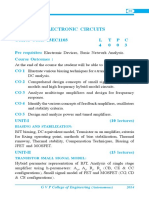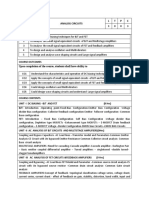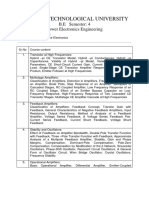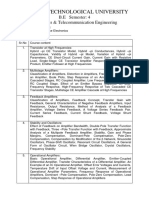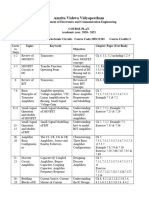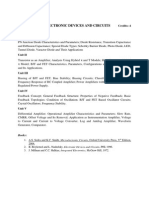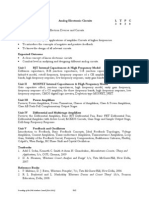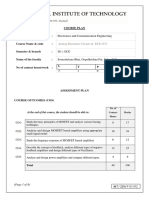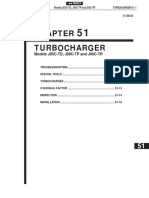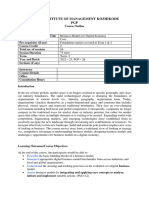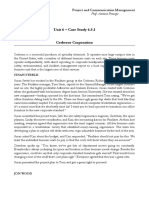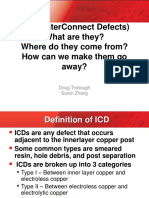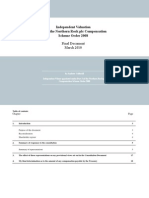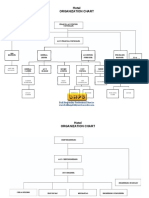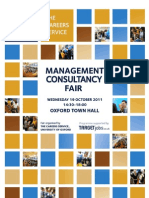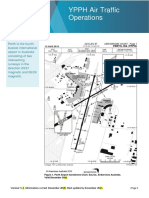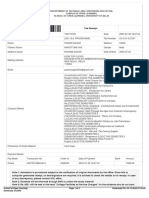MANIPAL INSTITUTE OF TECHNOLOGY
Manipal University, Manipal
Karnataka -576104
COURSE PLAN
Department
: Electronics & Communication Engineering
Course Name & code
: Analog Electronic Circuits, ECE 2101
Semester & branch
: III ECE
Name of the faculty
: Dr. K. Prabhakar Nayak, Dr. Somashekara
Bhat, Guru Prasad and A. Gopalkrishna Pai.
No of contact hours/week
: 3 L and 1 T
ASSESSMENT PLAN:
1. In Semester Assessments - 50 %
Written tests
: 30
Surprise quizzes
: 20
2. End Semester Examination - 50 %
Written examination of 3 hours duration (Max. Marks: 50 )
Portions for Assignment
Assignment no.
Topics
L1 L9
L10 L18
L19 L27
L28 L36
L37 L46
Portions for Sessional Test
Test no.
Topics
L1 - L20
L21 - L40
(Page 1 of 4)
MIT/GEN/F-01/R1
�Course Plan
L. No.
L0
Topics
Introduction
L2
Structure of Bipolar Transistor, Operation of Bipolar Transistor in Active Mode: Collector Current, Base
and Emitter Currents.
Bipolar Transistor Models and Characteristics.
L3
Large-Signal Model, Small-Signal Model.
L4
Tutorials.
L5
Early Effect, Operation of Bipolar Transistor in Saturation Mode.
L6
PNP Transistor: Large-Signal Model, Small-Signal Model.
L7
BJT Amplifiers - Input and Output Impedances, Biasing: DC and Small-Signal Analysis
L8
Tutorials
L9
Simple Biasing, Resistive Divider Biasing, Biasing with Emitter Degeneration
L1
L 10
Self-Biased Stage, Biasing of PNP Transistors
L11
Bipolar Amplifier Topologies: Common-Emitter, Common-Base, Emitter Follower
L12
Tutorials
L 13
Structure and operation of MOSFET, I-V Characteristics
L 14
Channel-Length Modulation, Trans conductance
L 15
Velocity Saturation, Other Second-Order Effects
L16
Tutorials
L 17
MOS Device Models: Large-Signal and Small-Signal Model
L18
PMOS Transistor, Comparison of Bipolar and MOS.
L19
MOS Amplifier - Amplifier Topologies, Biasing
L 20
Tutorials
L 21
Realization of Current Sources, Common-Source Stage: CS Core
L 22
CS Stage with Current-Source Load, CS Stage with Diode Connected Load
L23
CS Stage with Degeneration, CS Core with Biasing, Common-Gate Stage: CG Stage with Biasing
L 24
Tutorials
(Page 2 of 4)
MIT/GEN/F-01/R1
�L25
L 26
L27
L 28
L29
L 30
Source Follower: Source Follower Core, Source Follower with Biasing
Frequency Response - Fundamental Concepts: General Considerations, Relationship Between Transfer
Function and Frequency Response, Millers Theorem
General Frequency Response, High-Frequency Models of Transistors: High-Frequency Model of BJT and
MOSFET
Tutorials
Transit Frequency, Frequency Response of CE and CS Stages: Low-Frequency Response, HighFrequency, Response, Use of Millers Theorem, Direct Analysis, Input Impedance
Frequency Response of CB and CG Stages, Low-Frequency Response, High-Frequency Response
L32
Frequency Response of Followers: Input and Output Impedances, Frequency Response of Cascode Stage:
Input and Output Impedances.
Tutorials
L33
Feedback - Loop Gain, Properties of Negative Feedback: Gain Desensitization
L 34
Bandwidth Extension, Modification of I/O Impedances, Linearity Improvement
L 35
Types of Amplifiers: Simple Amplifier Models, Examples of Amplifier Types
L 36
Tutorials
L 37
Sense and Return Techniques, Polarity of Feedback,
L 38
Feedback Topologies: Voltage-Voltage, Voltage-Current
L 39
Current-Voltage, Current-Current Feedback
L 40
Tutorials
L 41
Oscillators - General Considerations, LC Oscillators, Parallel LC Tanks, Cross-Coupled Oscillator
L 42
Colpitts Oscillator, Phase Shift Oscillator, Wien-Bridge Oscillator
L 43
Crystal Oscillators: Crystal Model, Negative-Resistance Circuit, Crystal Oscillator Implementation
L 44
Tutorials
L31
L 45
L 46
L 47
L 48
Power Amplifier - General Considerations, Emitter Follower as Power Amplifier, Push-Pull Stage,
Improved Push-Pull Stage, Reduction of Crossover Distortion
Addition of CE Stage, Large-Signal Considerations: Biasing Issues, Heat Dissipation: Emitter Follower
Power Rating, Push-Pull Stage Power Rating
Thermal Runaway, Efficiency: Efficiency of Emitter Follower, Efficiency of Push-Pull Stage, Power
Amplifier Classes.
Tutorials
References:
1. Behzad Razavi, Fundamental of Microelectronics, Wiley, 2013.
2. A. S. Sedra, K. C. Smith, Microelectronic circuits, Oxford University Press, 2011.
(Page 3 of 4)
MIT/GEN/F-01/R1
�3. R. L. Boylestad, L. Nashelsky, Electronic Devices and Circuit Theory, 2009.
4. J. Millman, C. C. Halkias, Chetan. D. Parekh, Integrated Electronics, McGraw Hill. 2010.
Submitted by:
(Signature of the faculty)
Date: 28-07-2015
Approved by:
(Signature of HOD)
Date: 28-07-2015
*********
(Page 4 of 4)
MIT/GEN/F-01/R1










